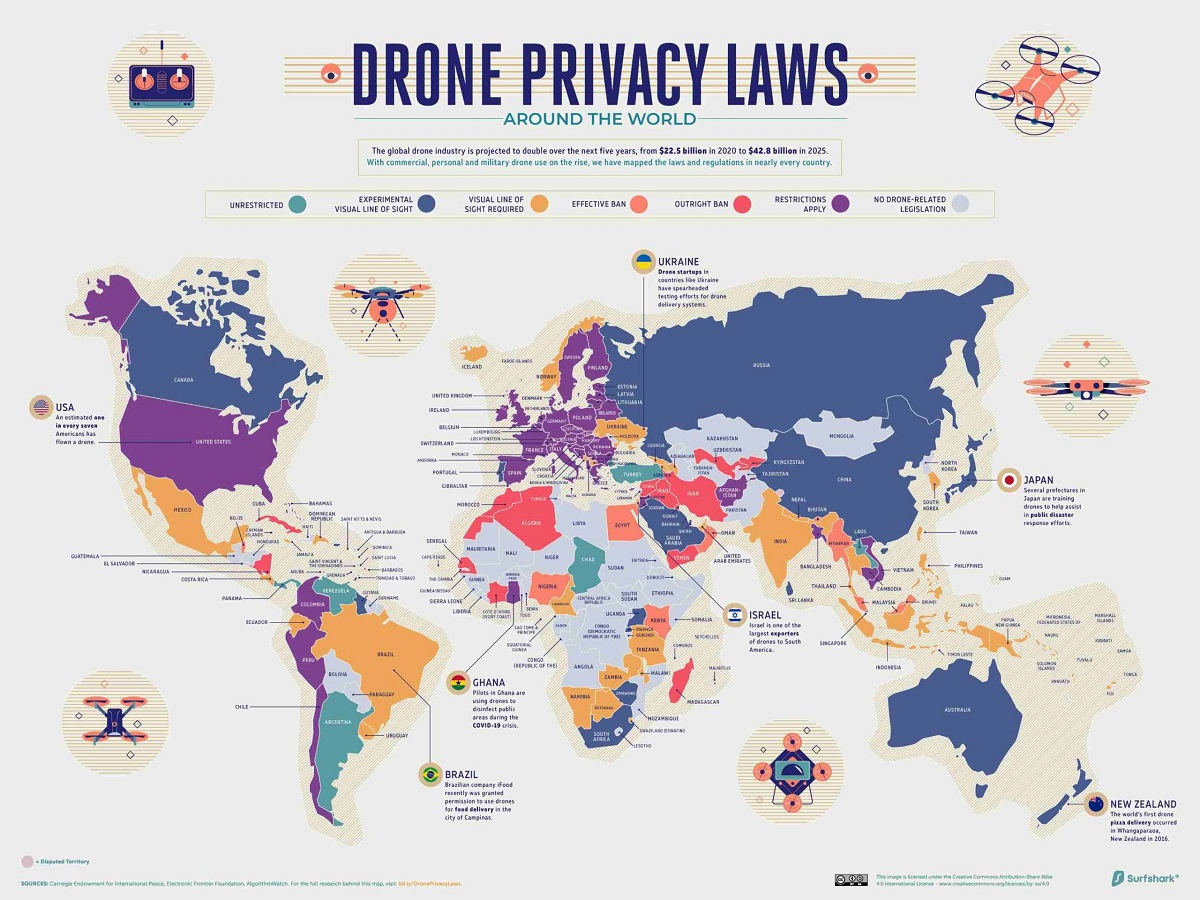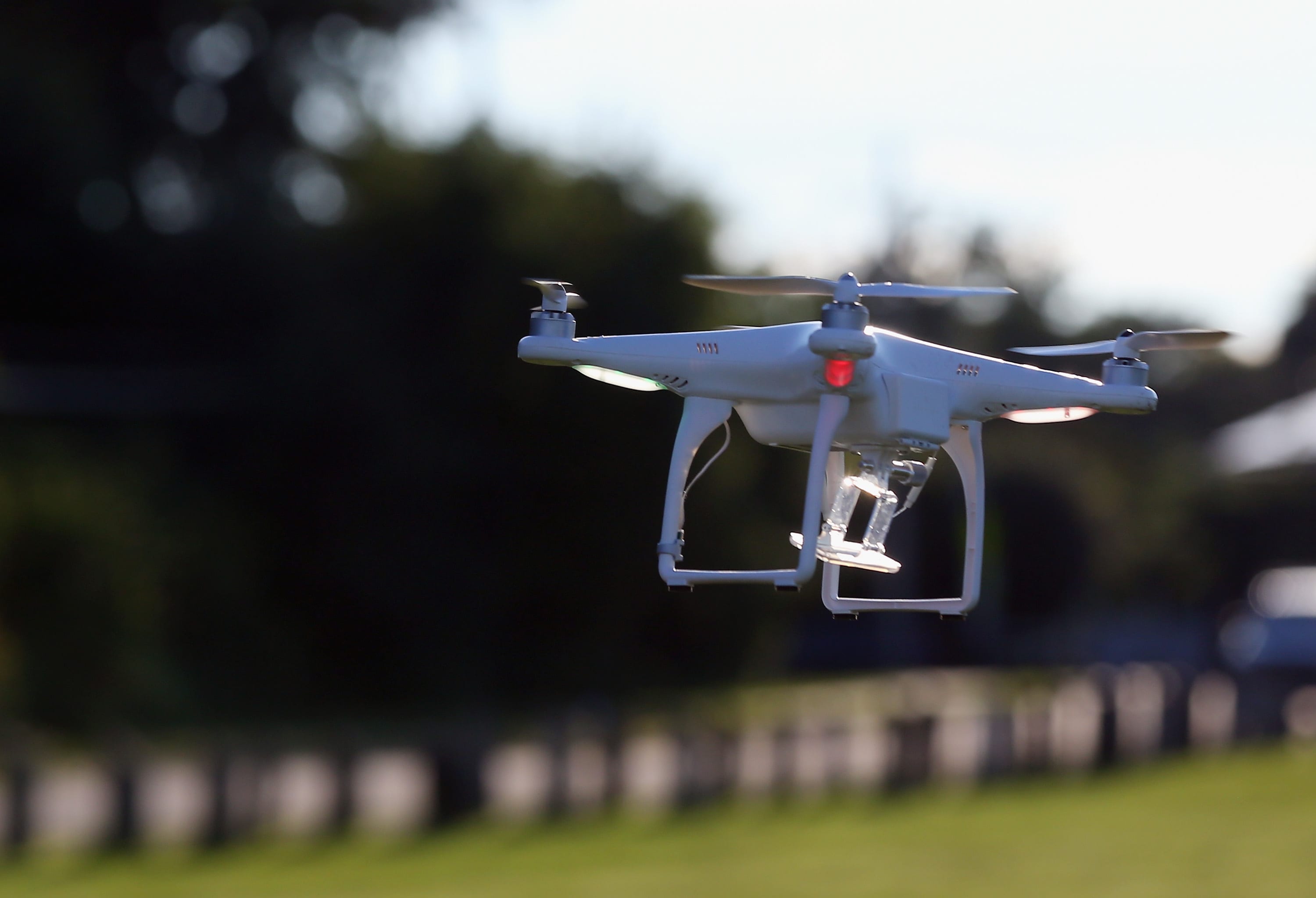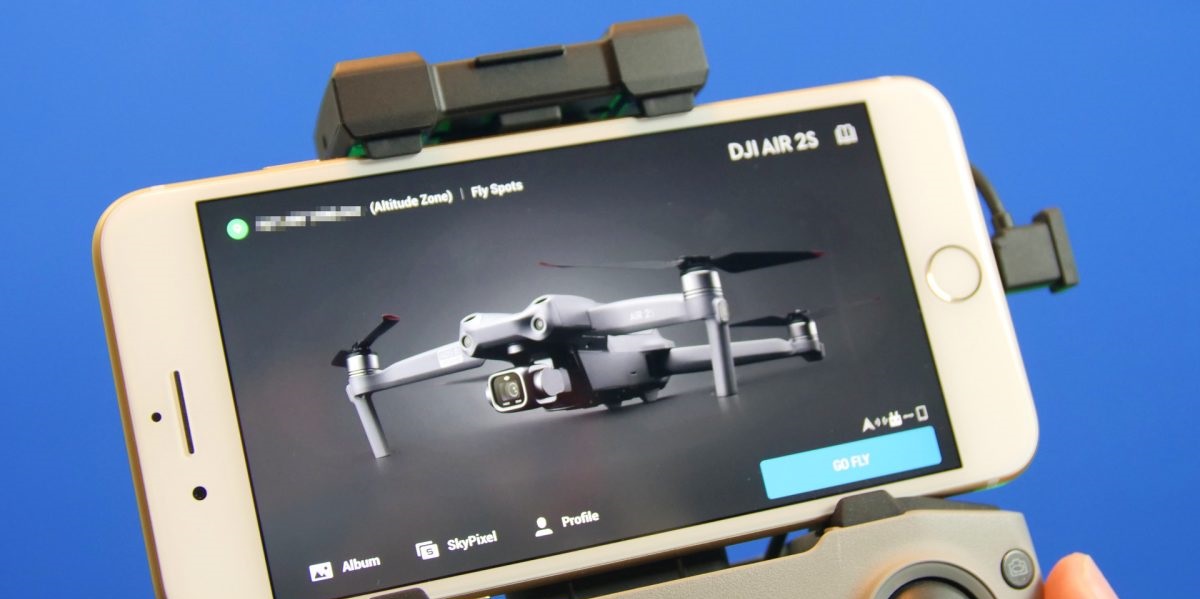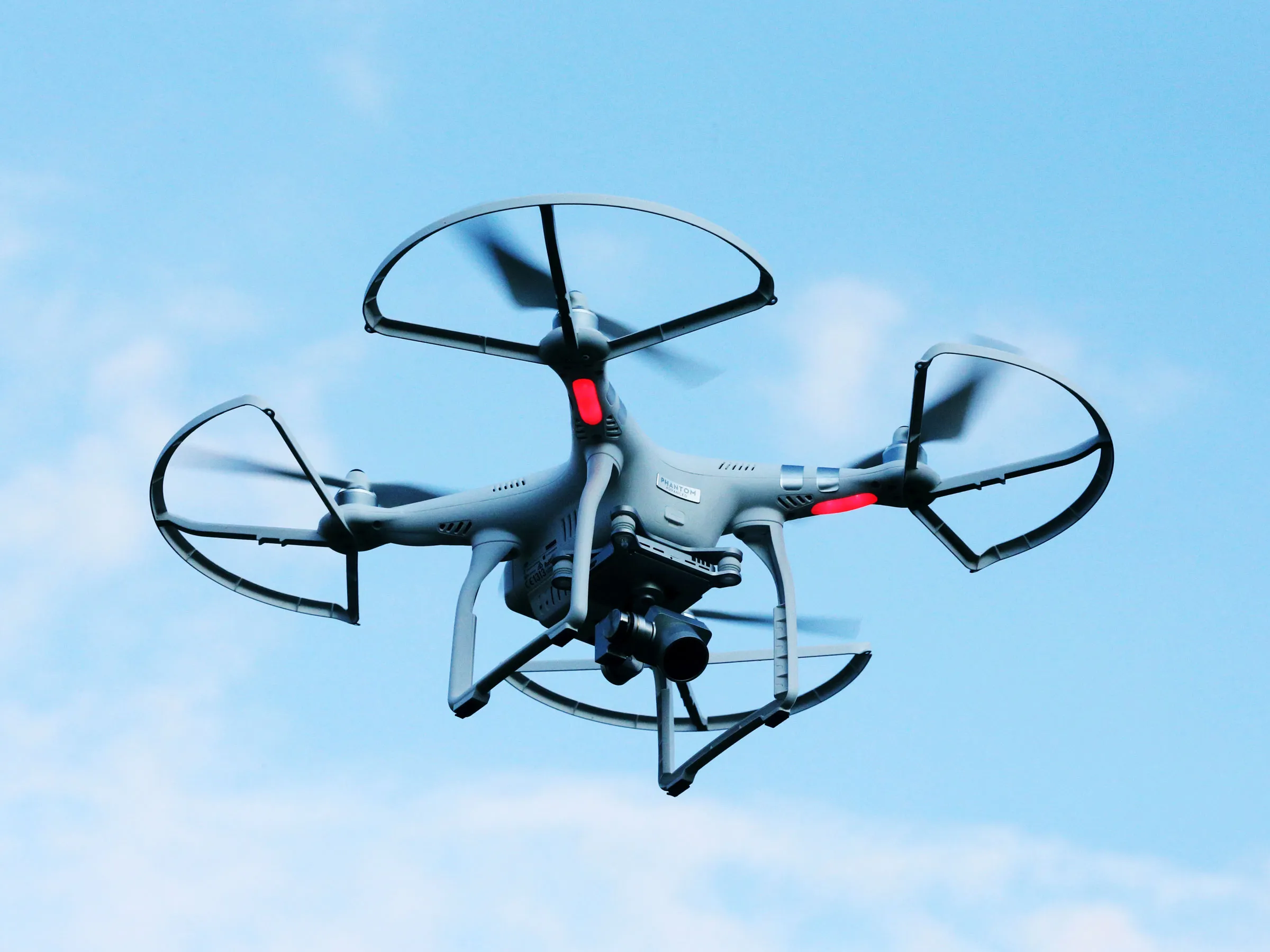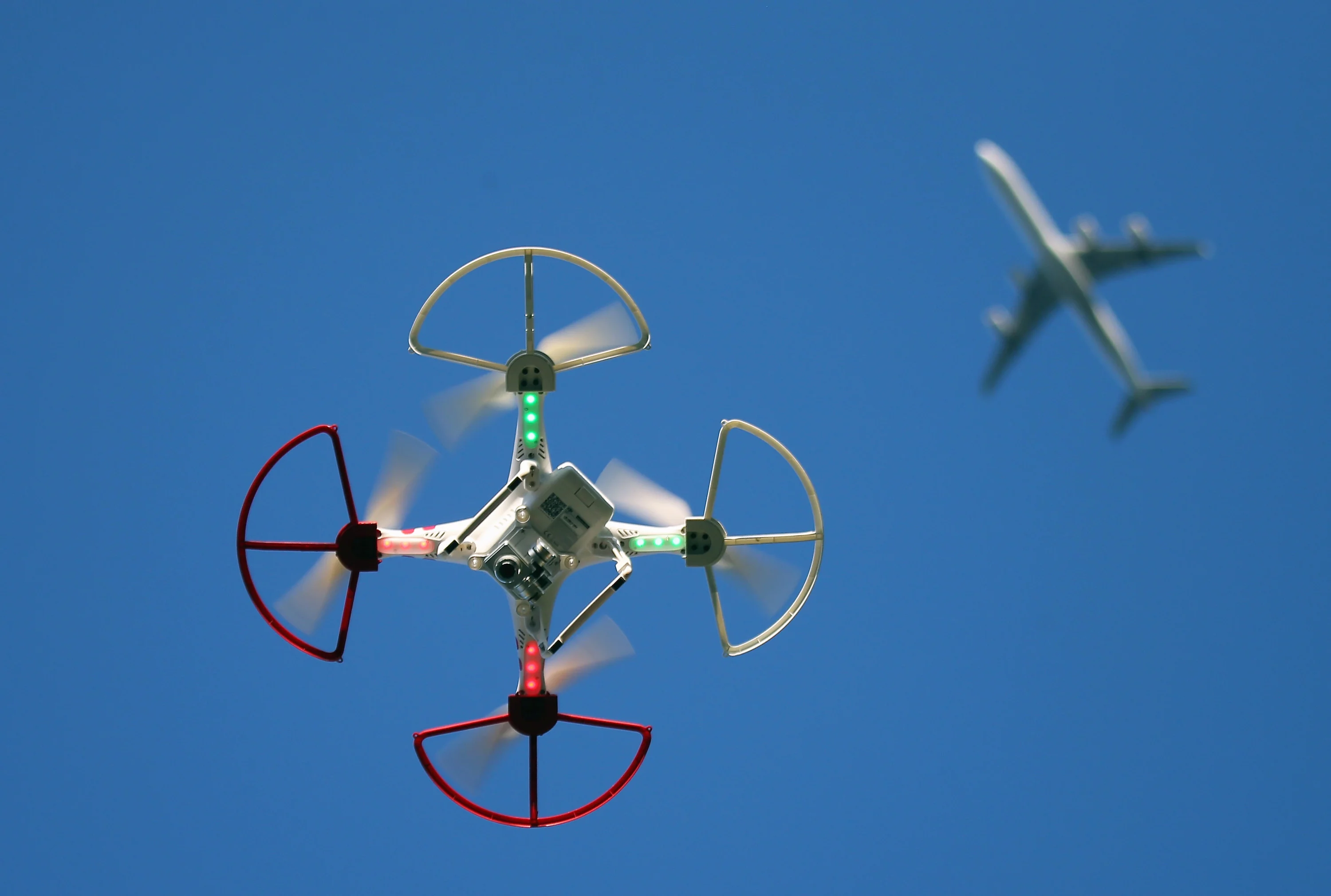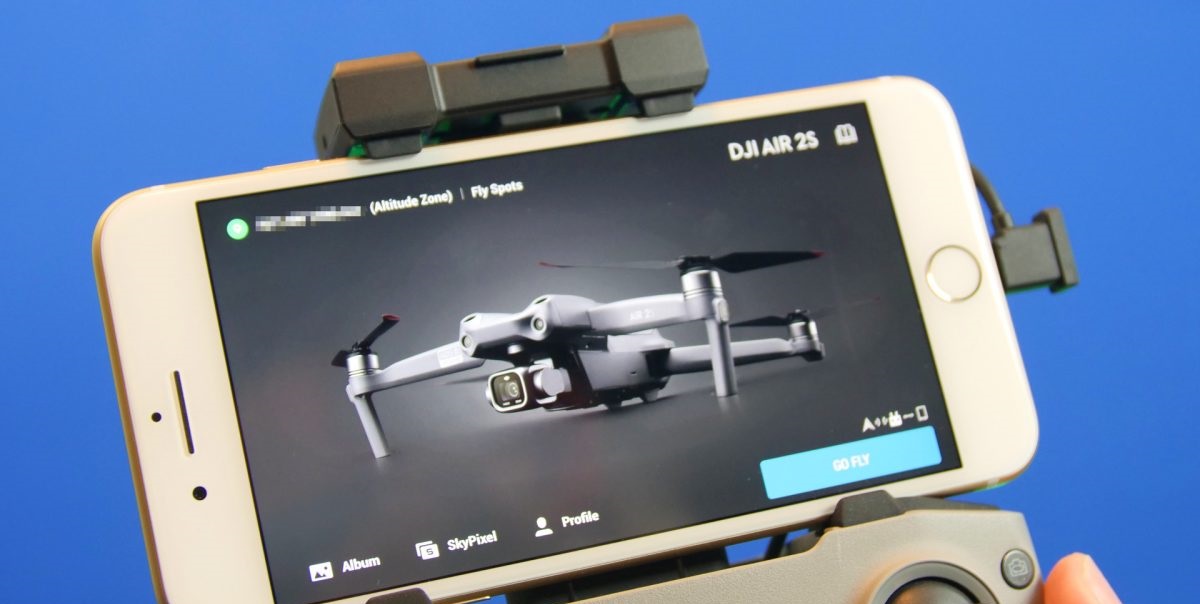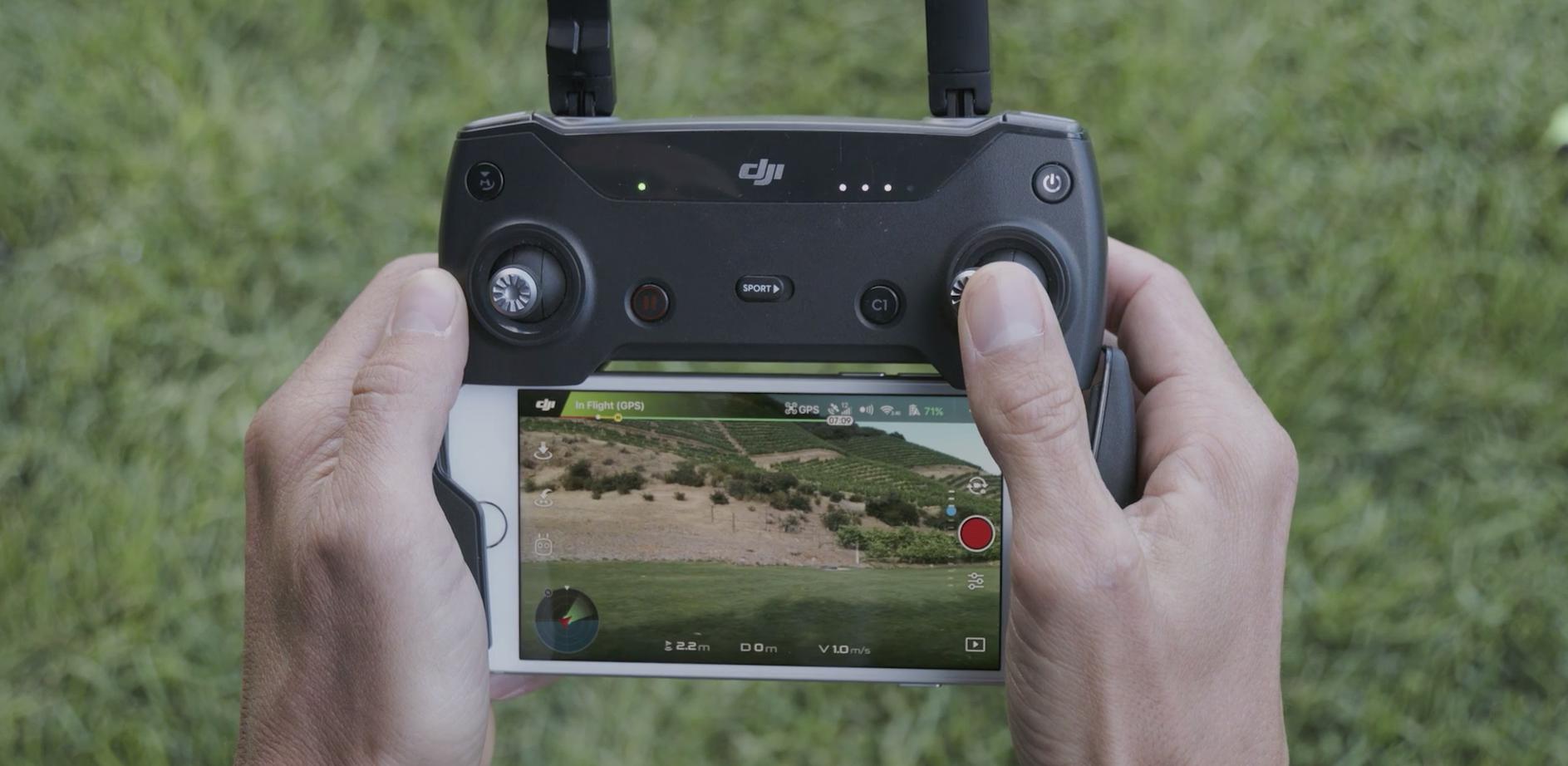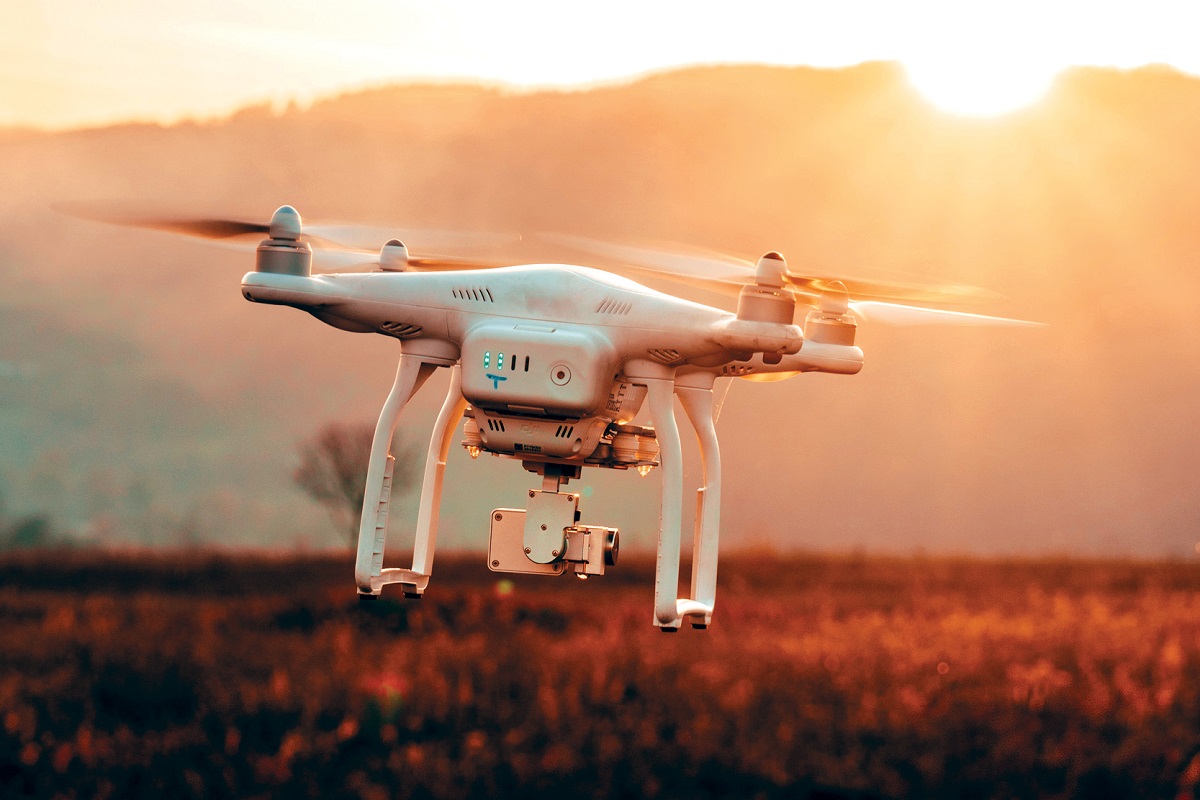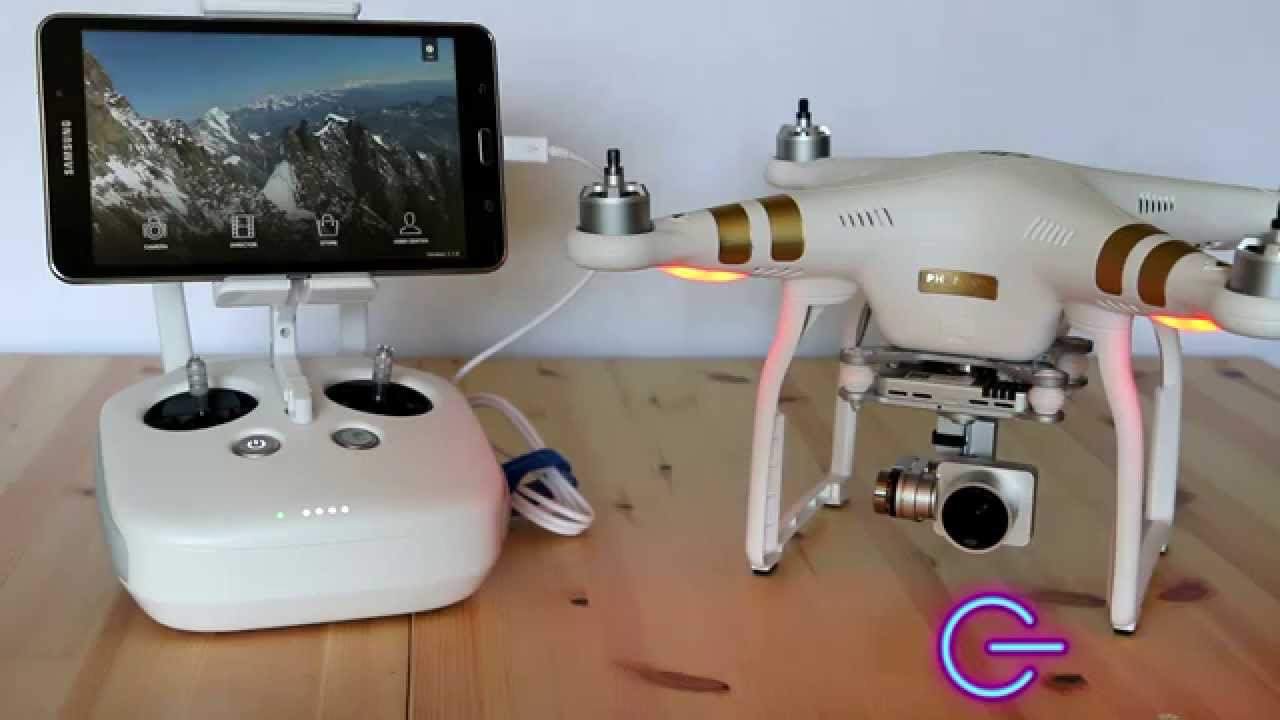Introduction
Welcome to the exciting world of drone flying! Drones have increasingly become popular among hobbyists and professionals alike. Whether you’re a photography enthusiast looking to capture breathtaking aerial shots or an adventurer eager to explore new perspectives, flying a drone can provide a thrilling and unique experience. However, it’s important to be aware of the regulations surrounding drone usage to ensure safe and responsible flying.
The Federal Aviation Administration (FAA) in the United States, along with other aviation authorities around the world, have implemented regulations to govern drone operations. These rules are in place to protect airspace, prevent accidents, and safeguard the privacy and security of individuals. By understanding and adhering to these regulations, you can enjoy flying your drone while avoiding legal issues and potential hazards.
In this article, we will explore the regulations for flying drones, the areas where drones are allowed, and the places where drone flying is prohibited. We will also provide helpful tips and best practices to ensure a safe and enjoyable drone flying experience. Additionally, we will share some valuable resources that can assist you in finding drone-friendly locations and staying informed about any changes in drone regulations.
So, if you’re ready to take to the skies and unlock the full potential of drone photography or simply enjoy the thrill of flying, let’s dive into the world of drone regulations and explore the places where you can fly your drone freely and responsibly.
Regulations for Flying Drones
Before you take your drone out for a spin, it’s crucial to familiarize yourself with the regulations governing drone operations. The laws may vary depending on your location, so make sure to research and understand the specific rules enforced by the aviation authority in your country or region.
Here are some common regulations to consider:
- Registration: In many countries, drones above a certain weight threshold must be registered with the aviation authority. This ensures that every drone operator is accountable for their actions and can be traced if necessary.
- Flight Restrictions: Drones are typically prohibited from flying near airports or in restricted airspace areas. It’s crucial to respect the boundaries and avoid flying in these restricted zones to prevent interference with manned aircrafts and airport operations.
- Altitude and Distance Limits: Most drone regulations specify the maximum altitude and distance that a drone can be flown. It’s essential to stay within these limits to maintain safety and avoid endangering other individuals or property.
- Visual Line of Sight: In general, drone operators are required to maintain a clear line of sight with their drone during flight. This means you should always be able to see your drone with your own eyes and not rely solely on a camera feed.
- No-Fly Zones: Certain areas, such as government buildings, military installations, national parks, and densely populated areas, may be designated as no-fly zones. It’s important to research and respect these restrictions to avoid potential legal consequences.
- Privacy and Ethics: When flying a drone, respect the privacy of others and adhere to ethical guidelines. Avoid recording or photographing individuals without their consent, and be mindful of public spaces where people may expect privacy.
Remember, these regulations are in place to ensure the safety and privacy of individuals as well as the integrity of airspace. By following these rules, you can enjoy drone flying responsibly and contribute to a positive perception of drones within your community.
Where Drones are Allowed
If you’re excited to fly your drone but unsure where it’s allowed, don’t worry! There are plenty of places where you can legally and safely enjoy your drone flying hobby. Here are a few examples:
- Open and Unpopulated Areas: Wide open spaces, such as parks, fields, or beaches, are often great locations for flying drones. These areas provide ample space and minimal obstacles, allowing you to fully explore the capabilities of your drone.
- Designated Drone Parks: Some cities have dedicated drone parks or areas specifically designated for drone flying. These locations often provide infrastructure, such as designated takeoff and landing areas, and may even have additional amenities like obstacle courses for practicing your flying skills.
- Model Aircraft Clubs: Joining a local model aircraft club can be a fantastic way to connect with fellow drone enthusiasts and gain access to approved flying sites. These clubs typically have established safety protocols and designated areas where members can fly their drones.
- Private Property with Permission: If you have friends or family with spacious private property, obtaining permission to fly your drone there can provide an excellent opportunity for safe and unrestricted flying. Just make sure to respect any privacy concerns and follow the local regulations.
- Commercial or Industrial Areas: In some cases, commercial or industrial areas may allow drone flying, particularly if you’re using your drone for professional purposes, such as aerial photography or videography. However, always check for any specific permissions or restrictions that may apply.
When choosing a location, remember to consider factors such as weather conditions, nearby obstacles, and the level of privacy and safety. It’s always a good idea to research and confirm that the area you plan to fly in allows drones and complies with any local regulations or restrictions.
Keep in mind that even in places where drones are allowed, you should still exercise caution and follow best practices to ensure a safe and enjoyable experience for yourself and others.
Where Drones are Prohibited
While there are plenty of places where you can fly your drone, it’s equally important to be aware of the areas where drone flying is prohibited. Understanding these restrictions will help you avoid legal issues and keep people and property safe.
Here are some common areas where drone flying is typically prohibited:
- Airports and Controlled Airspaces: Drones are generally not allowed to fly within a certain distance from airports or in controlled airspace. This is to prevent interference with aircraft operations and ensure the safety of manned flights.
- Government Buildings and Facilities: Flying drones near government buildings, military installations, and other sensitive facilities is strictly prohibited. These areas have heightened security measures in place, and drone flying can be seen as a security threat.
- National Parks and Wildlife Reserves: Many national parks and wildlife reserves enforce strict no-fly rules for drones to preserve the tranquility of the environment and protect wildlife. Flying drones in these areas can disturb wildlife and disrupt the natural ecosystem.
- Schools, Hospitals, and Sports Events: Drone flying is typically not permitted near schools, hospitals, and sports events due to concerns about privacy, safety, and potential interference with activities.
- Urban Areas and Crowded Spaces: Flying drones in heavily populated areas, such as city centers or crowded spaces, may be prohibited due to the potential risks associated with crowded airspace and the safety of individuals on the ground.
It’s important to thoroughly research the local regulations and any specific restrictions in your area before flying your drone. Some countries or regions may have additional prohibited zones or specific no-fly areas that you need to be aware of.
By respecting these prohibitions, you can ensure the safety of others, avoid legal repercussions, and contribute to a positive perception of drone technology.
Drone Flying Tips and Best Practices
To make the most out of your drone flying experience, it’s essential to follow some tips and best practices. These guidelines will help you fly safely, responsibly, and with respect for others. Here are some valuable tips to keep in mind:
- Read and Understand the Manual: Before taking your drone for a flight, thoroughly read and understand the manufacturer’s manual. Familiarize yourself with the drone’s features, controls, and safety guidelines.
- Check the Weather Conditions: Be mindful of weather conditions before flying your drone. Avoid flying in strong winds, rain, or foggy conditions, as these can affect your drone’s stability and visibility.
- Pre-flight Check: Perform a pre-flight check to ensure your drone is in good working condition. Inspect the propellers, batteries, and any other critical components to avoid any malfunctions while in the air.
- Fly in Open Areas: Whenever possible, choose open areas with minimal obstructions for your drone flights. Avoid flying near trees, power lines, or other structures that could pose a risk to your drone or the surrounding environment.
- Maintain Line of Sight: Keep your drone within your line of sight during the entire flight. This ensures that you have full control over the drone and can avoid potential collisions or hazards.
- Respect Privacy and Permissions: Always respect the privacy of others and obtain necessary permissions if you plan to fly your drone over private property. Avoid recording or photographing individuals without their consent.
- Practice Safe Landings: Master the skill of safe landings to prevent any damage to your drone. Find a clear and open spot to land your drone, away from obstacles and people.
- Be Considerate of Others: Be mindful of people around you while flying your drone. Avoid flying directly above or near crowds, and always prioritize the safety and privacy of others.
- Stay Informed about Local Regulations: Keep yourself updated with the latest regulations and any changes in drone flying rules in your area. Stay informed about any airspace restrictions or new laws that may impact your drone operations.
By following these tips and best practices, you can ensure a safe, enjoyable, and responsible drone flying experience. Remember, responsible drone operation not only promotes safety and respect but also helps to shape a positive reputation for drones as a recreational and professional tool.
Resources for Finding Drone-Friendly Locations
When it comes to finding drone-friendly locations, there are several resources available to assist you in identifying suitable places to fly your drone safely and legally. These resources can help you discover new and exciting areas while avoiding prohibited zones. Here are some valuable resources to consider:
- Drone Mobile Apps: Many drone mobile apps, such as DJI Go, offer built-in maps that provide real-time information about no-fly zones and restricted areas. These apps can help you plan your flights in compliance with local regulations and ensure you have a seamless and hassle-free flying experience.
- Drone Community Forums and Websites: Online forums and websites dedicated to drone enthusiasts often have sections or threads where users share drone-friendly locations and their experiences. These resources can provide valuable insights and recommendations on places to fly based on the experiences of other drone pilots.
- Local Model Aircraft Clubs: As mentioned earlier, joining a local model aircraft club can be a great way to connect with fellow drone enthusiasts. These clubs often have designated flying sites and can provide information on approved locations in your area.
- Airport and Aviation Authority Websites: The websites of airports and aviation authorities often provide information on local regulations and restricted airspace. These sources can help you identify areas to avoid and ensure that you do not unknowingly violate any flight restrictions.
- Social Media: Many drone enthusiasts share their favorite flying locations on social media platforms such as Instagram, Facebook, and YouTube. You can search for hashtags like #dronephotography or #dronelife to discover stunning drone shots taken in various locations. However, always ensure that the locations shared comply with local regulations and restrictions before visiting.
Remember, while these resources can provide valuable information, it’s important to conduct your own research and verify all regulations and restrictions before flying your drone. Laws and restrictions can vary depending on your location, so always stay informed to ensure a safe and legal flying experience.
By utilizing these resources, you can find a plethora of drone-friendly locations, unlock new creative opportunities, and connect with fellow drone enthusiasts who can provide valuable insights and recommendations.
Conclusion
As you can see, drone flying offers an exhilarating and unique experience, allowing you to capture stunning aerial footage and explore new perspectives. However, it’s crucial to familiarize yourself with the regulations governing drone operations to ensure the safety of airspace, individuals, and property.
By understanding and following the regulations, you can enjoy drone flying responsibly and avoid legal issues. Always remember to register your drone if required, fly in approved locations, respect privacy and permissions, and maintain a safe distance from airports and restricted areas.
When seeking places to fly your drone, take advantage of the resources available. Utilize drone mobile apps, explore online forums and websites, connect with local model aircraft clubs, and check airport or aviation authority websites for valuable information. Social media platforms can also provide inspiration and insights, but always verify the compliance of shared locations with local regulations.
Most importantly, prioritize safety. Conduct pre-flight checks, fly in good weather conditions, maintain line of sight, and be considerate of others. By adhering to best practices and flying responsibly, you contribute to a positive perception of drones and help ensure an enjoyable and safe experience for everyone involved.
So, get out there, explore the world from above, and unleash the full potential of your drone! Happy flying!







